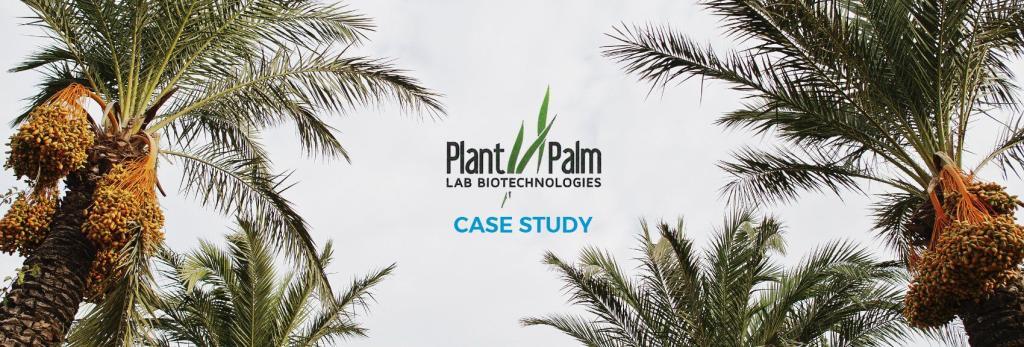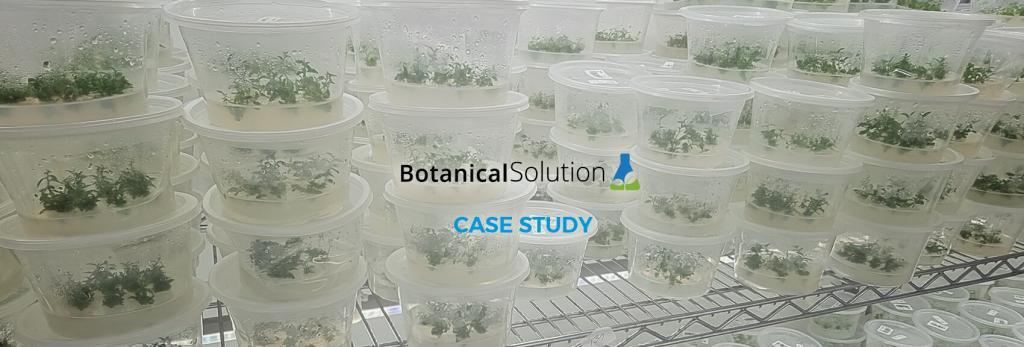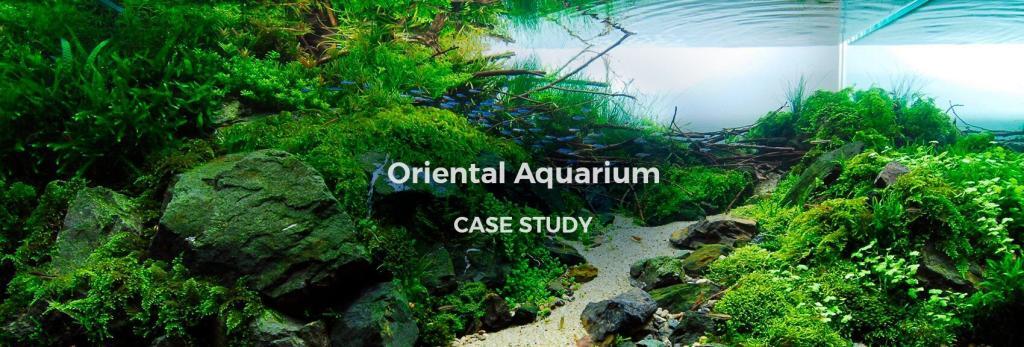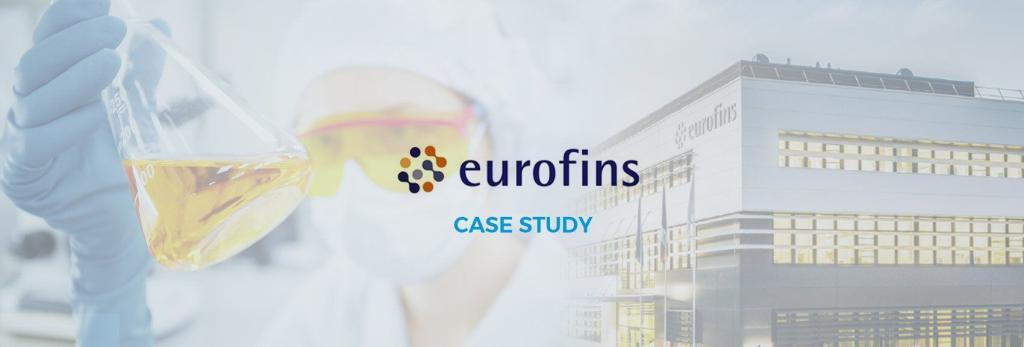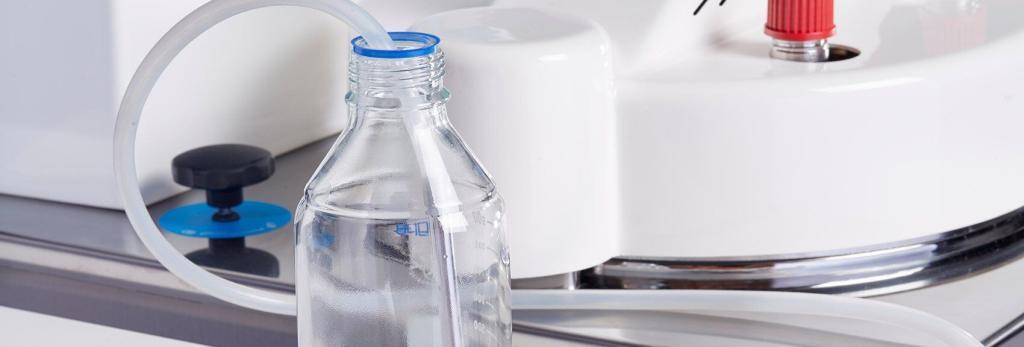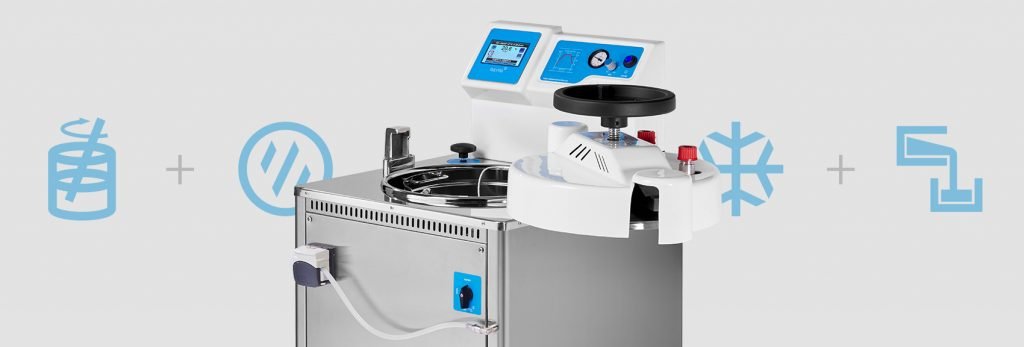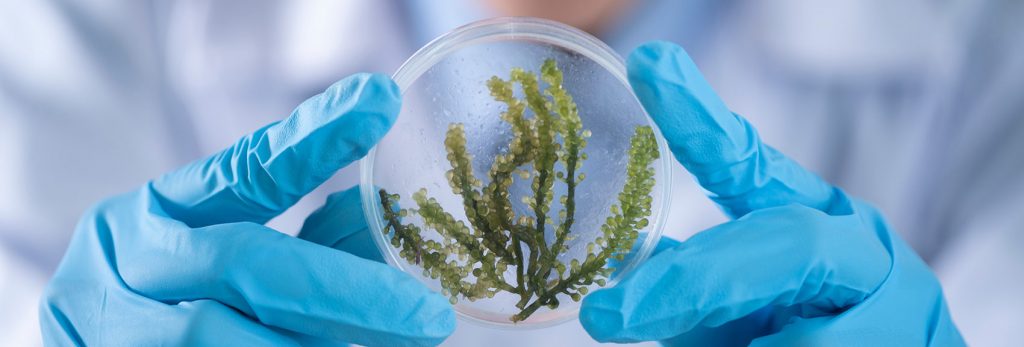Conducting part of plant tissue micropropagation using a media preparator represents a significant time and cost savings. Let us explain why this is the case.
In vitro plant micropropagation is a method employed to clone complete plants asexually. From the explant of a plant, such as leaves, stems, roots or seeds, the chosen plant tissue is replicated and then cultivated in an artificial in vitro laboratory environment.
In this way, samples are no longer exposed to weather and pests, among other external elements, and aspects such as temperature, humidity or essential nutrients can be controlled. All the necessary resources to multiply plants using genetics, with uniform quality and free of diseases. Identical specimens to the sample plant from which the explant was taken.
There are two types of in vitro plant micropropagation methods usually used:
- Somatic embryogenesis: this technique develops an embryo without the union and fertilization of gametes.
- Organogenesis: through a bud we can obtain stems, roots or flowers, which, in turn, create more shoots.
Micropropagation stages
Let us recall the phases of a plant micropropagation process in order to highlight at which point we can use a media preparator and thus optimize the operational workflow in labs dedicated to plant tissue culture:
1. Selection
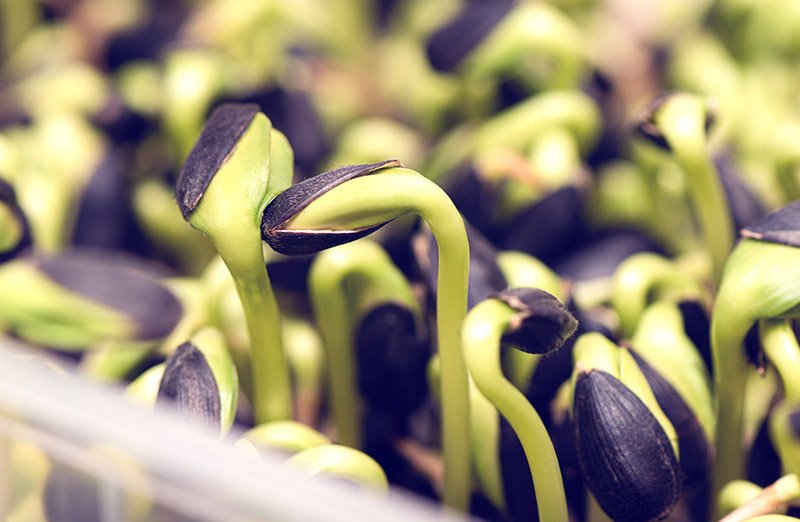
Prior to engaging in the process of micropropagation, it is imperative to select the plant that is to be replicated, taking into consideration factors such as the stage of active growth, the presence of a healthy and vigorous development, as well as its genotypic and phenotypic characteristics. Once chosen, it should be placed in a laboratory or greenhouse nursery in a staggered manner, for weeks or months. In order to achieve an aseptic and disease-free culture.
2. Sampling and culture
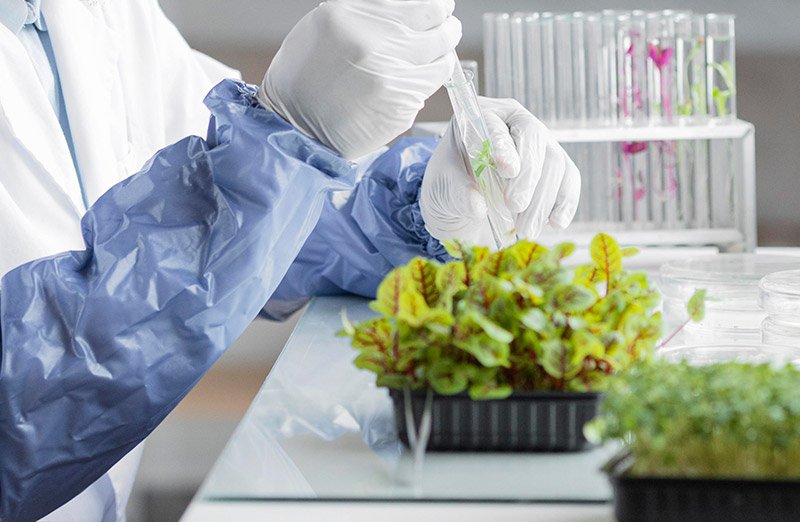
The plant tissues to be replicated, known as explants, are carefully harvested from the selected plant and subjected to a disinfection process in order to eliminate any potential microorganisms that may pose a threat to the success of the subsequent stages of the micropropagation process. Subsequently, the explants are placed in a sterilized culture medium. It is imperative that these samples are maintained under aseptic conditions to avoid any form of contamination, as the presence of contaminants could compromise the success of the micropropagation process.
At this stage, the media preparator serves its purpose by enabling the preparation, sterilization, cooling, and dispensing of the culture media in a single device, providing excellent batch-to-batch reproducibility. These tasks are usually carried out manually.
Having a media preparator will provide you with numerous benefits, including increased productivity, reduced costs, enhanced quality, increased availability of personnel for higher-value tasks, and most notably, the elimination of human errors and reduction of potential accidents.
3. Multiplication
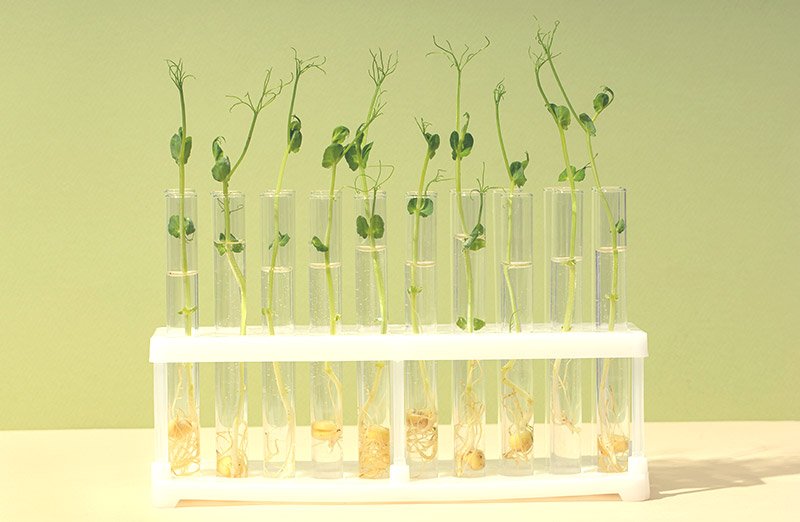
Once placed within a controlled environment and nourished by a culture medium that typically comprises of water, macro-elements, micro-minerals, growth substances, vitamins, sugar, and a gelling agent, the explants are expected to germinate within one to two weeks.
The shoots that have developed from the explants are then separated and placed in a new culture environment, which must be maintained under sterile conditions and with fresh medium, in order to encourage the growth of additional shoots. This operation is repeated until the desired number of plants is achieved. The subsequent step is subculture, which involves the creation of new plants (vitroplants) that are genetically identical to the mother plant, using its leaves, stems, roots, or seeds.
4. Elongation and rooting
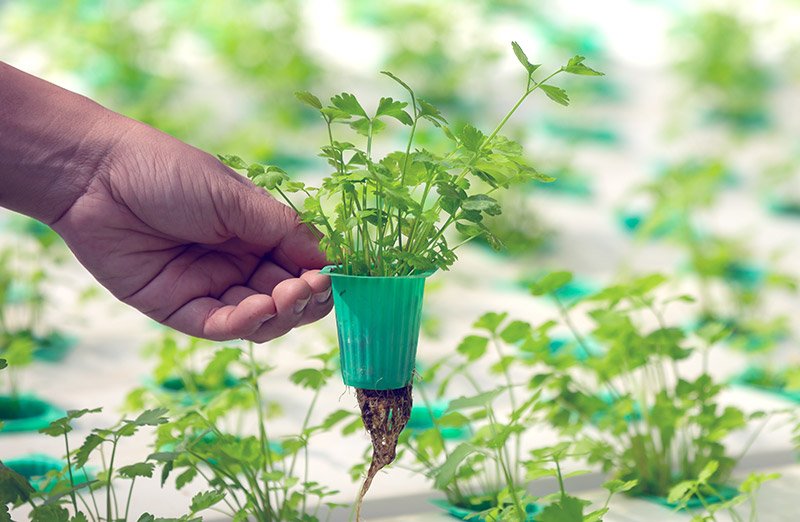
The newly developed sprouts are then subjected to additional subculture in suitable culture media, where they continue to grow and establish roots until they have developed an extensive root system and reach a suitable height to be transplanted into a greenhouse with an appropriate soil substrate for acclimatization. In order to prepare the new culture media, we can once again avail ourselves of the assistance of a media preparator.
Rooting is then performed, either in vitro or ex vitro, by applying a rooting agent (either a chemical or natural product) to stimulate the growth of roots and shoots.
The commonly used rooting regulators are Auxins and/or Gibberellins. The first regulator is used to promote root formation and the second one for seedling elongation. These substances can be used individually or in combination.
5. Acclimatization and growth
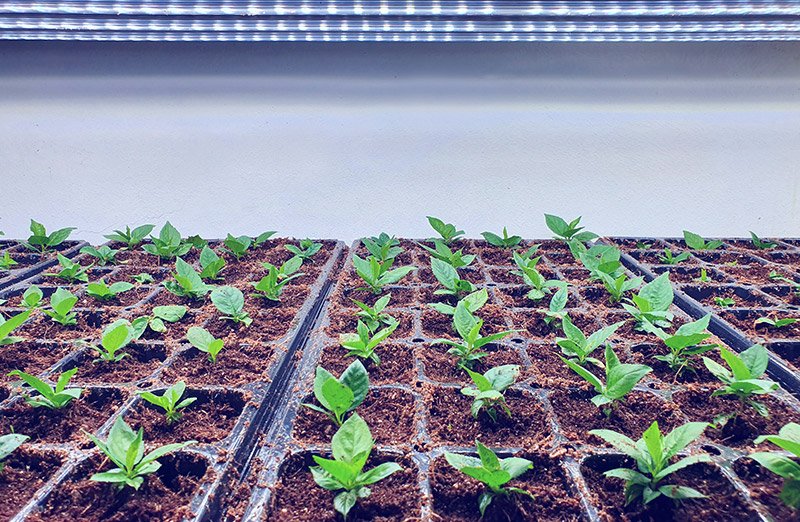
Acclimatization is the process of allowing the plants to gradually adapt to outdoor conditions and to thrive in their natural environment. This is achieved by gradually exposing the plants to natural light, temperature and humidity levels over a period of time.
The method used for rooting, either in vitro or ex vitro, will determine the specific approach for acclimatization. If the rooting process is performed in vitro, the young plants are transferred to a greenhouse environment that provides appropriate conditions for their growth and development. However, if the ex vitro rooting method is employed, acclimatization occurs simultaneously.
The aim of this stage is to produce plants that are ready for final transplantation to outdoor fields, nurseries, or greenhouses.
Advantages of Micropropagation
The utilization of in vitro plant culture offers several advantages, just to remind some of them:
- Products with consistent quality
- Unlimited multiplication of plants
- Identical plants in all their characteristics (clones)
- Pesticide-free production
- GMO-free production
- Plants free of disease
- Exponential increase in production
- Rapid production without seasonal limitations
- Reduced time and space requirements
- Lower costs
- Long-term preservation of plant material
- Ease of exporting plants to other countries without quarantine restrictions.
Obtain the best results with RAYPA's AE-MP Series media preparator.
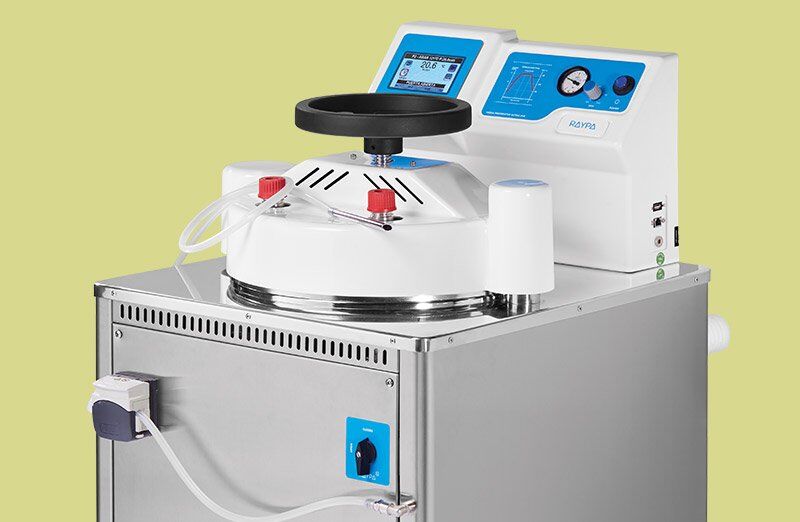
Undoubtedly, in vitro plant micropropagation provides highly favorable outcomes across various domains. However, it can also have some drawbacks.
As we have already mentioned, any process carried out manually, plant tissue laboratories may encounter various issues, including work-related accidents resulting in sick leave, and/or contamination of samples.
In order to avoid such adversities and to automate an important part of this process, RAYPA has developed the AE-MP Series media preparators. A single equipment can perform four processes: preparation, sterilization, cooling and dispensing of plant tissue culture media.
Thanks to RAYPA’s AE-MP media preparator, you can efficiently produce large volumes of high-quality culture media in a safe manner due to its adjustable stirring, active cooling, and strict safety measures. By utilizing RAYPA’s AE-MP media preparator, you can ensure the quality of your products and attain excellent batch-to-batch reproducibility while minimizing potential risks and accidents while guaranteeing the quality of your final product.

